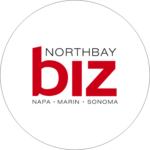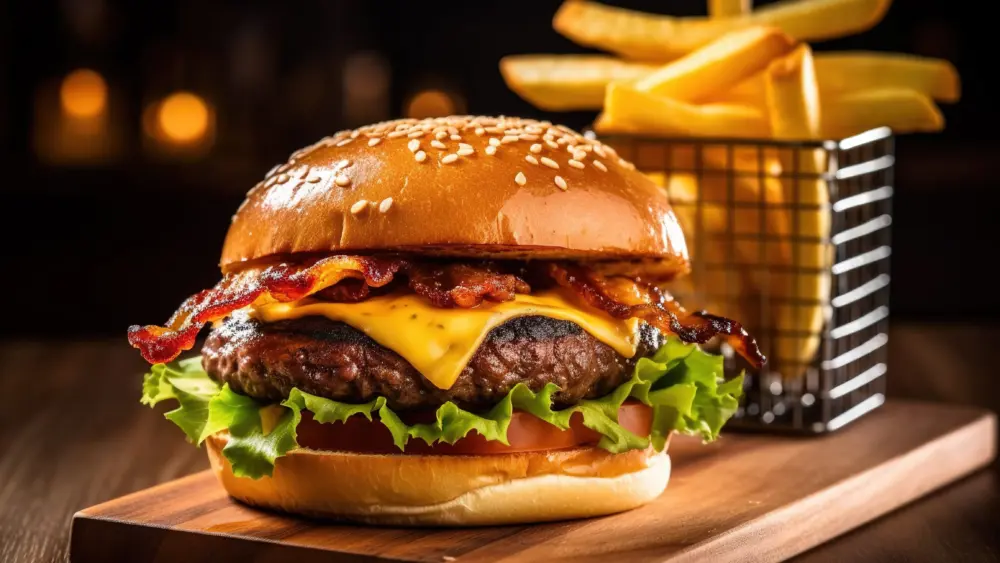Drones are here to stay; they will be approved for commercial use; and they’re slick.
All it takes is a murmur of the word “drone” for fireworks to ignite. First came talk from Amazon. Then Google and Facebook hopped aboard the whirlybird bandwagon. These airbots will dominate our airways. It’s just a question of when.
Drones have lurked at Burning Man, busted pot rings, located missing persons…and let’s not forget their original purpose as a military weapon-dropping machine.
Hollywood added kindling to the fire with many mentions, like when “Modern Family” charactor Phil Dunphy attempted to have his way with a drone. “Homeland” mimicked the real-life drone strike where hellfire missiles were dropped on a convoy in the Yemeni desert. Instead of hitting the supposed Al Qaeda mark, the drone obliterated a wedding brigade.
Last fall, the high jinks turned legit when the Federal Aviation Administration (FAA) relaxed its rigid hold on the commercial use of drones by granting Hollywood permission to film from them. In October, New York magazine ran an exposé with grabbers like: “The all-purpose airbot is changing what it means to be human!” And: “The flying, spying, killing machines that are turning humans into superheroes.”
Even Wine Country took notice. A mention came at last year’s Wine Market Council when a play on Amazon’s drone delivery made it into the presentation. Then the techno-birdies flew into the Napa Valley Grape Growers’ Rootstock summit, where I trolled the aisles looking for drones. I was quickly corrected and nudged to employ the correct terminology: unmanned aerial vehicle (UAV). I obliged, eager to learn if drones have any business getting into the wine biz.
Drones 101
Here’s what I’ve learned along the way, which could change at any time, given the FAA was mandated by Congress to regulate the commercial use of drones by September.
The 2012 Modernization Act is under reform. If approved, commercial drones will be permitted to fly in the national airspace. With any rule comes a reason to break it. Enter Section 333, which states the FAA will consider small-scale commercial activity if a reasonable case is presented. Last fall, Hollywood became the first exception when its petition for exemption was approved. Others followed in hopes that they, too, could skirt the regulation. One such contender is Yamaha, which exhibited its 220-pound RMax winged gorilla at Rootstock. The company hopes for the UAV to become the go-to vineyard management solution for Napa Valley. This bird sprays up to 12 acres per hour, as opposed to ground methods that typically manage one. The unmanned chopper has been in use since 1991 in Japan, where it tends to more than 40 percent of the country’s rice crops. Even if drones are approved for commercial use, you still won’t be able to purchase this pup. Yamaha plans to lease the technology, which might be a good thing, given the unit would cost around $150,000 if purchased outright.
Yamaha banked on the FAA relaxing the regulations to such a degree that the company struck a deal with UC Davis in 2012 to test drive the RMax on its research vineyard in Oakville. If Yamaha gets its wish, a select few Napa Valley vineyards will get to put the RMax to use, gratis, which is a deal point of the exception clause.
The squirrel finds its nut
Canadian-based SkySquirrel Technologies also showcased its whirlybird at Rootstock. The company partnered with the St. Helena-based, remote sensing, precision imaging company VineView, which has mapped vine disease and distress for the past 13 years. Until this point, VineView’s solutions centered around images captured via manned aircraft, but the partnership extends the offering to include images captured via drone. The Aqweo drone (fueled with VineView’s imaging technology) was designed to service vineyards between 30 to 100 acres. It can analyze at a micro level, affording the ability to pinpoint specific vines in distress.
I’ll end my crash course with the givens: Drones are here to stay; they will be approved for commercial use; and they’re slick.
As for the unknowns, there are many, but here are a few that pertain to the wine biz. Will the wine industry embrace the technology? Drones will provide some, if not many, efficiencies and have the propensity to reduce manpower. Whether or not those factors will outweigh the costs associated with implementing a drone solution is the real question. And will the efficiencies cause wine prices to sink, soar or remain static? Expect a master’s class in drones to follow later this year.
Author
-

Christina Julian left Los Angeles and a career in advertising to sip and swirl for a living in Napa Valley, where she vowed to make wine and the discussions around it, more approachable. She’s covered everything from arts and entertainment to travel and leisure but remains true to her own words as a wine and food writer for The Infatuation. NorthBay Biz was one of the first regional publications she wrote for when she landed here more than a decade ago, and she’s never looked back. Learn more at christinajulian.com.
View all posts



